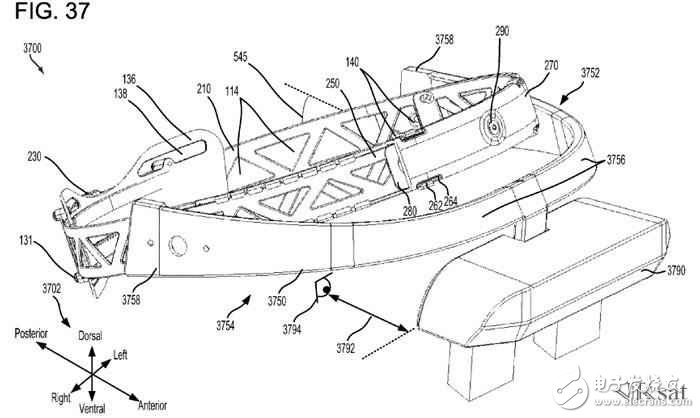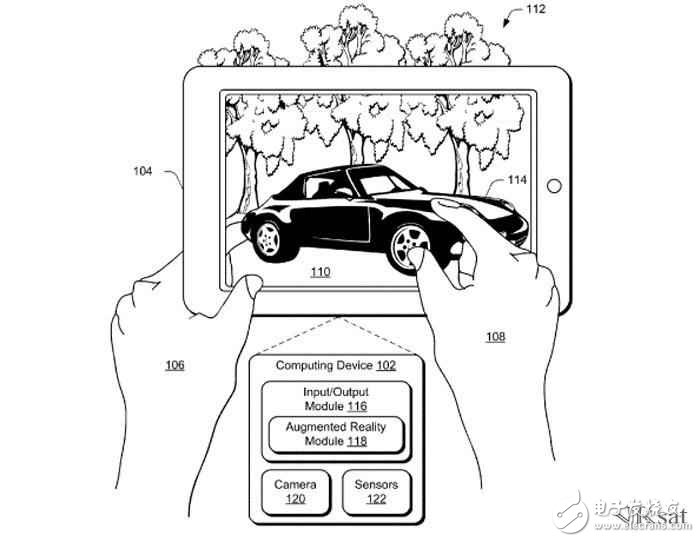In December of last year, the US Patent Office announced a Microsoft patent for object tracking, but Microsoft's layout in the AR field goes far beyond this. Recently, the US Patent Office passed three Microsoft AR patents. The following VR technology network introduces the contents of three patents.
AR system double eye spacing adjustment mechanism (Patent No. 9557569)
The head size of different users and the spacing of the eyes are different. If the head is too tight, it will cause the user to be uncomfortable. The head is too loose, and it is easy to bring negative experience to the user whether moving or standing. In addition, if the head-to-eye distance of the head does not match the actual distance between the eyes of the user, the user's normal perception of the augmented reality element will be affected in the experience. The traditional head display is generally adjusted using a rotary hinge, but this method appears to be too bulky and cumbersome to operate.

Based on this situation, Microsoft's patented solution includes an adjustable perimeter crown that can be coupled into a head mounted display that adjusts the circumference of the crown to fit the user's head size. The system includes an armature including left and right arms, and the proximal ends of the left and right arms are respectively coupled to the left and right sides of the corresponding attachment portion of the head mounted display. The display is installed at the distal end of the left and right arms of the system to adjust the proper distance between the eyes.
Grab virtual objects in the AR environment (Patent No. 9552673)
The patent describes an AR system that can capture virtual objects in an augmented reality environment, such as stacking virtual cubes or controlling virtual objects with other physical manipulation tools. In different application examples, the system can track the user's hand or other physical manipulation tools in the AR environment. If at least two different types of particles are used to identify the shape of the physical manipulation tool, the virtual object simulates the update dynamics according to the augmented reality environment and the external force between the particles. The 3D position of the first type of particle (moving particle) changes with the movement of the physical manipulation tool, and the passively moving particle moves with the moving particle without the need to penetrate the virtual object.

AR light guide (Patent No. 9558590)
People in daily life, whether they are working or traveling, often come into contact with electronic devices (computers, mobile phones, etc.). Based on traditional display technology, the user's contact with electronic devices for too long can lead to excessive eye fatigue. The solution proposed by the AR light guide is designed to alleviate eye strain in the user.

AR Light Guide Display Technology In one or more examples, such a device includes a hand held housing, one or more sensors that can detect three dimensional data (position and orientation) of the housing in physical space, one provided by the housing A light guide plate that supports and is at least partially transparent, a light engine that can be coupled to the light guide plate, one or more module processors and some necessary components that are mounted in the housing.
ups inverter for home,10kw off grid invertergrid tie solar inverter,hybrid solar inverter,hybrid solar power inverter,solar power inverter for home
EMoreShare International Trade (Suzhou) Co., Ltd , https://www.emoreshare.com